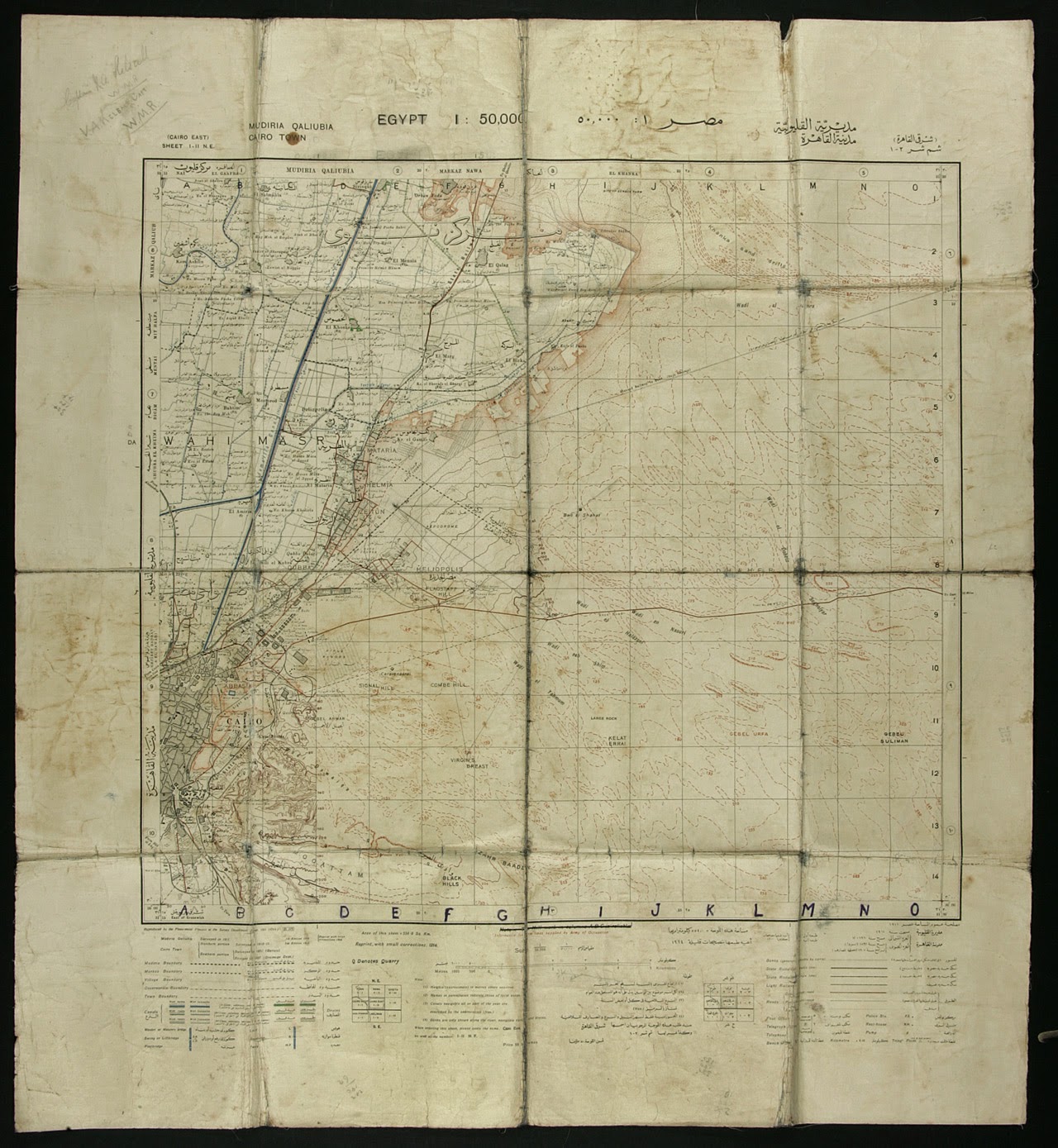Our girls, our boys

For the past few months, the heritage floor, on the second floor of the Central City Library, has hosted a display titled Our Girls -- a tribute to the role of women in the First World War. The content covers the following topics: prohibition and making-do, cartoon depictions of women, the anti-militarists, the fundraising effort, working girls, nurses abroad, and the absence of men. It has been an interesting exercise to find images to cover such a variety of topics. Women were not always portrayed favourably, especially in the political cartoons of the day. Publications like Freelance and Truth condemned the ‘wowser’ prohibitionists as out to spoil a boy’s fun (men did not escape the condemnation, either) or they depicted women as vain and ignorant. Ref: Cartoon from the New Zealand Freelance , 6 March 1915, p.11. The caption for the cartoon above reads: Shopman: “Yes, Miss, all face powders have gone up in price on account of the war.” Y...




Web.jpg)
.jpg)

